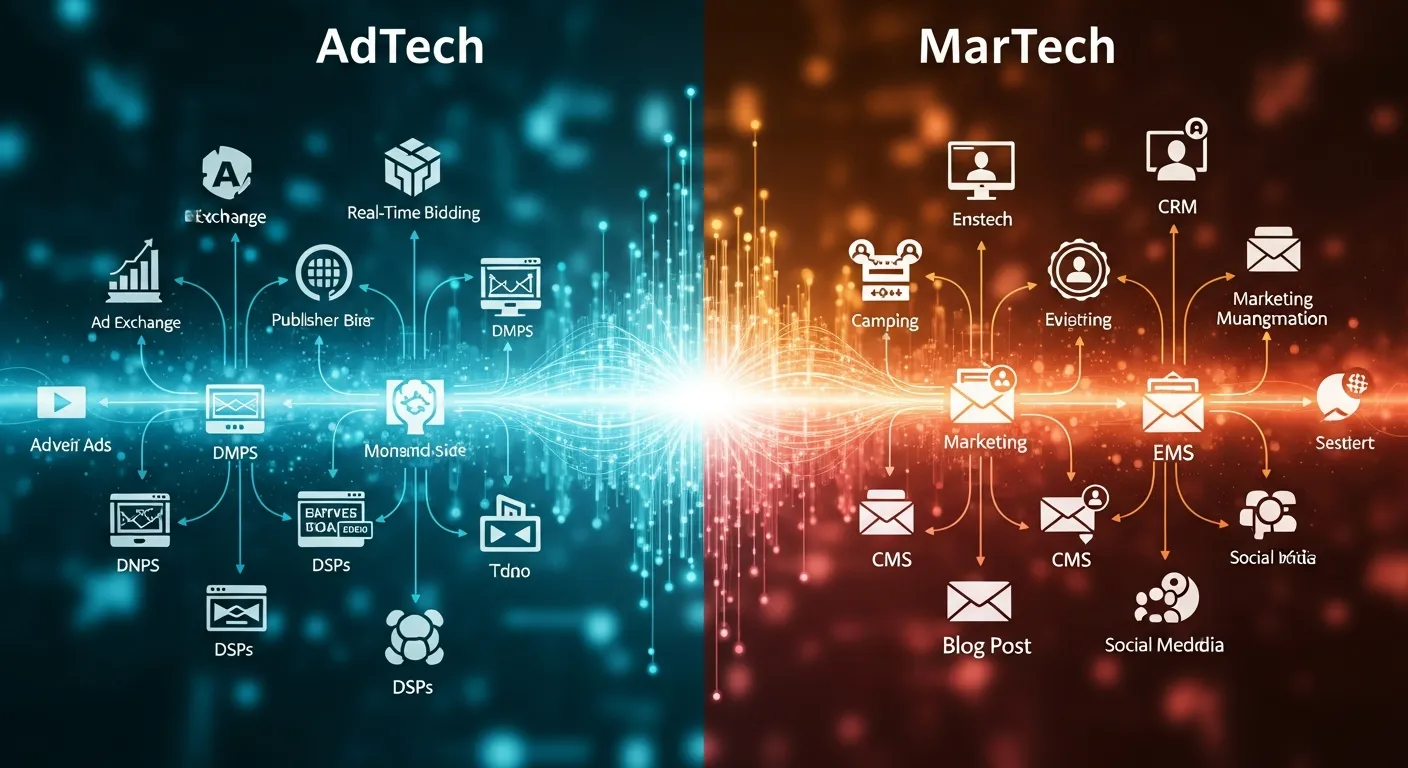In today’s fast-paced digital landscape, no-code development has emerged as a game-changer. It empowers individuals and businesses to create applications without needing extensive programming knowledge. This democratization of technology opens doors for entrepreneurs, marketers, and creators to build solutions quickly and efficiently.
No-code platforms offer a range of tools that simplify the development process, making it accessible to everyone. From drag-and-drop interfaces to customizable templates, these resources enable users to bring their ideas to life in record time. As more people embrace no-code solutions, understanding the available resources becomes essential for maximizing their potential. Whether you’re a novice or a seasoned professional, exploring the world of no-code development can transform how you approach project creation.
Table of Contents
ToggleUnderstanding No-Code Development Resources
No-code development resources empower users to build applications without extensive programming knowledge. These platforms leverage intuitive interfaces, enabling anyone to create functional applications quickly.
Definition and Overview
No-code development refers to the practice of creating software applications using visual interfaces instead of traditional coding. It allows users to utilize pre-built components like buttons, forms, and databases through drag-and-drop functionality. Various platforms, such as Webflow and Airtable, facilitate this process, making application development accessible for all skill levels.
Benefits of No-Code Development
- Accessibility: No-code platforms cater to individuals lacking programming skills, democratizing software creation.
- Speed: Rapid prototyping and deployment become possible, with projects often taking hours instead of weeks.
- Cost-Effectiveness: Reduced reliance on specialized developers lowers project budgets and facilitates resource allocation.
- Flexibility: Users can adapt applications on-the-fly, responding swiftly to changing requirements or user feedback.
- Scalability: Many platforms offer features to scale applications as user demands grow, accommodating more complex workflows.
Popular No-Code Platforms


Several no-code platforms empower users to create applications efficiently and effectively. Below is an overview of three popular options, along with their key features and typical use cases.
Platform 1: Features and Use Cases
Bubble
Bubble stands out for its robust application-building capabilities. Users can design fully functional web applications through a visually appealing drag-and-drop interface. Key features include:
- Customizable workflows: Automate processes and trigger actions based on user interactions.
- Built-in database management: Manage data without external database setups.
- Responsive design tools: Ensure applications look great on any device.
Use cases for Bubble include creating marketplaces, SaaS products, and social networks. It suits entrepreneurs looking to validate ideas quickly.
Platform 2: Features and Use Cases
Webflow
Webflow excels in website development, combining design and content management. Key features include:
- Flexible design capabilities: Create stunning, tailor-made websites with no coding.
- SEO-friendly architecture: Optimize websites for search engines effortlessly.
- E-commerce support: Launch online stores seamlessly.
Typical use cases for Webflow involve portfolio websites, e-commerce sites, and corporate blogs. Designers value it for its ability to maintain design integrity while enabling functional websites.
Platform 3: Features and Use Cases
Airtable
Airtable integrates the functionality of a spreadsheet with the versatility of a database. Key features include:
- Grid, calendar, and gallery views: Display data in multiple formats for varied analysis.
- Templates for diverse workflows: Access pre-built setups for project management, event planning, and more.
- Collaboration tools: Allow teams to work together in real-time.
Common use cases for Airtable include managing projects, tracking leads, and organizing content calendars. It is ideal for teams that require streamlined data organization with minimal technical skills.
Evaluating No-Code Development Resources
Evaluating no-code development resources involves careful consideration of various factors that impact the effectiveness and suitability of chosen platforms. Users should assess platforms based on specific criteria and acknowledge potential challenges.
Key Criteria for Selection
- User Interface: Choose platforms with intuitive interfaces that enhance the development experience through drag-and-drop features and easy navigation.
- Integration Capabilities: Prioritize tools that seamlessly connect with existing applications and services, like third-party APIs and databases, to streamline processes.
- Scalability: Assess the ability of a platform to accommodate growing user demands, ensuring that applications can expand without compromising performance.
- Community Support: Evaluate the presence of active user communities and comprehensive documentation that provide assistance, resources, and examples to enhance learning.
- Cost Structure: Compare pricing models, including free tiers and subscription plans, to understand the overall investment versus the value delivered.
- Customization Options: Look for platforms offering customizable templates and workflows, allowing for tailored solutions that meet specific project requirements.
Common Challenges
- Learning Curve: Some users encounter challenges when adapting to unfamiliar layouts and features, which might initially slow development progress.
- Limited Functionality: Some platforms impose constraints on the complexity of applications, making it difficult to implement advanced features without coding skills.
- Performance Issues: Users experience performance limitations as applications scale; heavy reliance on platform infrastructure can affect load times and responsiveness.
- Dependence on Vendors: Relying solely on a single platform can lead to risks like service disruptions, potential data loss, or vendor-driven changes that impact usability.
- Integration Difficulties: Users may face challenges in integrating various services, particularly if third-party APIs are not well-documented or lack support.
- Security Concerns: Ensure platforms provide robust security measures; inadequate protection could expose sensitive data and limit trust in the application’s reliability.
Future Trends in No-Code Development
The future of no-code development reveals significant innovations and shifts in the software creation landscape. Emerging trends indicate a growing integration of artificial intelligence and enhanced collaboration features in no-code platforms.
Innovations on the Horizon
- AI Integration: Automating repetitive tasks through machine learning will streamline processes, enabling users to focus on creative aspects.
- Enhanced User Interfaces: More sophisticated drag-and-drop tools will appear, simplifying user experience and expanding accessibility.
- Greater Customization: Advanced templates and customizable components will emerge, catering to niche markets and specific business needs.
- Increased Interoperability: Improved API capabilities will facilitate seamless integration with various third-party applications, enhancing functionality.
- Real-time Collaboration: Tools that support simultaneous editing and sharing will enhance teamwork, allowing teams to develop applications more efficiently.
Impact on Traditional Development
- Shift in Skill Requirements: As no-code platforms become more prevalent, traditional programming skills may become less critical for many roles.
- Cost Reduction: Businesses will likely reduce expenses associated with hiring specialized developers, reallocating budgets to other areas.
- Faster Time-to-Market: Rapid prototyping and deployment will enable businesses to respond to market demands swiftly, maintaining a competitive edge.
- Collaborative Workflows: Interdepartmental collaboration will increase as non-technical staff can contribute to application development, fostering innovation.
- Evolving Developer Roles: Traditional developers may transition towards more strategic roles, focusing on complex integrations and overseeing no-code projects rather than basic coding.






